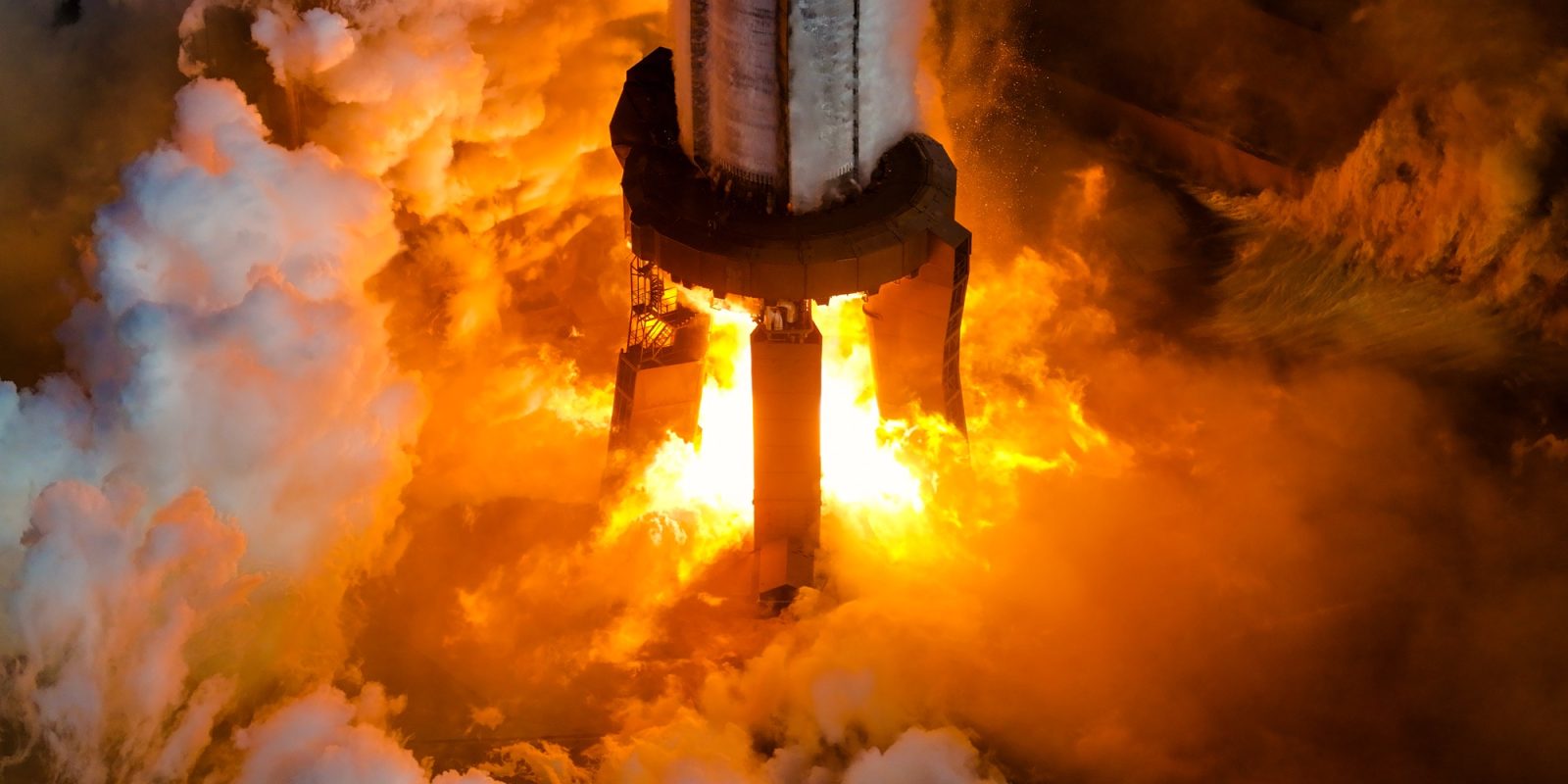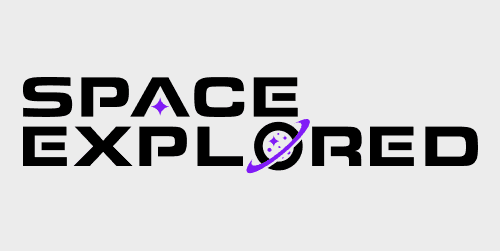
SpaceX announced that its Starship Flight 9 mission will see the rocket’s first taste of reusability with the booster from Flight 7. The company also announced that a vast majority of the Raptor engines that flew on the booster will return for flight as well.
Read more: Starship Flight 9: SpaceX shows off Ship 35 heading for testing
Thursday morning, SpaceX fired up the engines on Booster 14 on Launch Pad A for a first-of-its-kind static fire. While every Starship test is usually exciting, this one was the relight of an already flown booster.
Booster 14 first lifted off on January 16, 2025, and was the first flight of Starship’s Block 2 Ship design. The mission was expected to be a final suborbital certification flight before attempting its first orbital flight on Flight 8. However, the ship suffered a failure before finishing its ascent, causing a redo of the mission on Flight 8.
However, Booster 14 successfully returned to the launch pad and was caught by the tower’s catch arms, marking it as the second Starship booster to return successfully. Booster 12 was the first to complete this catch on Flight 5; however, it doesn’t seem like that piece of flight hardware will get the honor of reflight.
Booster 14’s static fire is notable for being the first flight-proven booster to go through this process. Also, we’re still in the dark as to when Flight 9 will be taking place. Elon Musk, SpaceX CEO, usually is the one to spill timeline dates after milestones like static fires, but all he stated on X after the test was, “First reflight of the Starship Super Heavy rocket booster coming up soon!” This could mean we still have some time before Flight 9 is ready to fly.
Given that the mishap investigation into Flight 8 remains open, while Flight 7’s was just recently closed, and that the failures of Flights 8 and 7 were so similar, I would guess Flight 9 won’t take place until Flight 8’s investigation is closed by the FAA.
Both Flight 7 and 8 failed during similar parts of their flight profiles, just before finishing the Ship’s ascent burn. This means once again Flight 9 will likely have the same sub-orbital profile as those two, as SpaceX hopes to complete its milestones of an in-space relight of a Raptor engine and deployment of dummy Starlink satellites.
Flight 8 was the first point in Starship’s development that felt like a step backward. While it’s important to note that any flight in a development program like Starship’s means more flight data to improve the design, it marked an end to the constant forward movement towards activating the world’s first fully reusable rocket.
Starship is already behind on its timeline to be NASA’s Human Landing System for its Artemis Program, a program whose future will be called into question as Jared Isaacman is likely to be confirmed soon as NASA Administrator. Both Isaacman and Musk, who is also a close advisor to the President, have had issues with the program’s reliance on Boeing’s Space Launch System.
On the other hand, Musk is dead set on sending humans to Mars and claims he can do it in the next four to five years. A plan that has tickled President Trump‘s ego, as it is yet another “Kennedy Moment” for a grand, ambitious plan, even though the likelihood of that happening is next to zero.
FTC: We use income earning auto affiliate links. More.




Comments